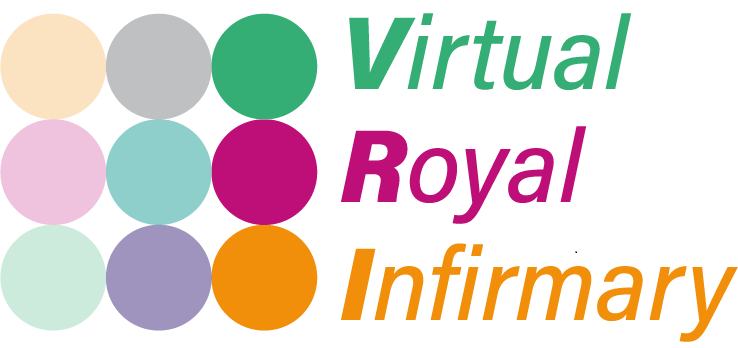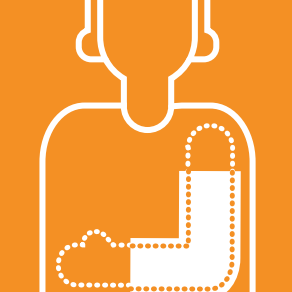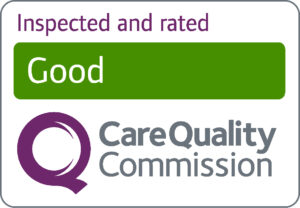Our VRI programme has been working with departments and specialties around the Trust to develop and publish a range of excellent digital patient education tools.
Several videos and microsites have been produced with consultants and other healthcare professionals to give patients information about coming into hospital and how to help their recovery at home.










